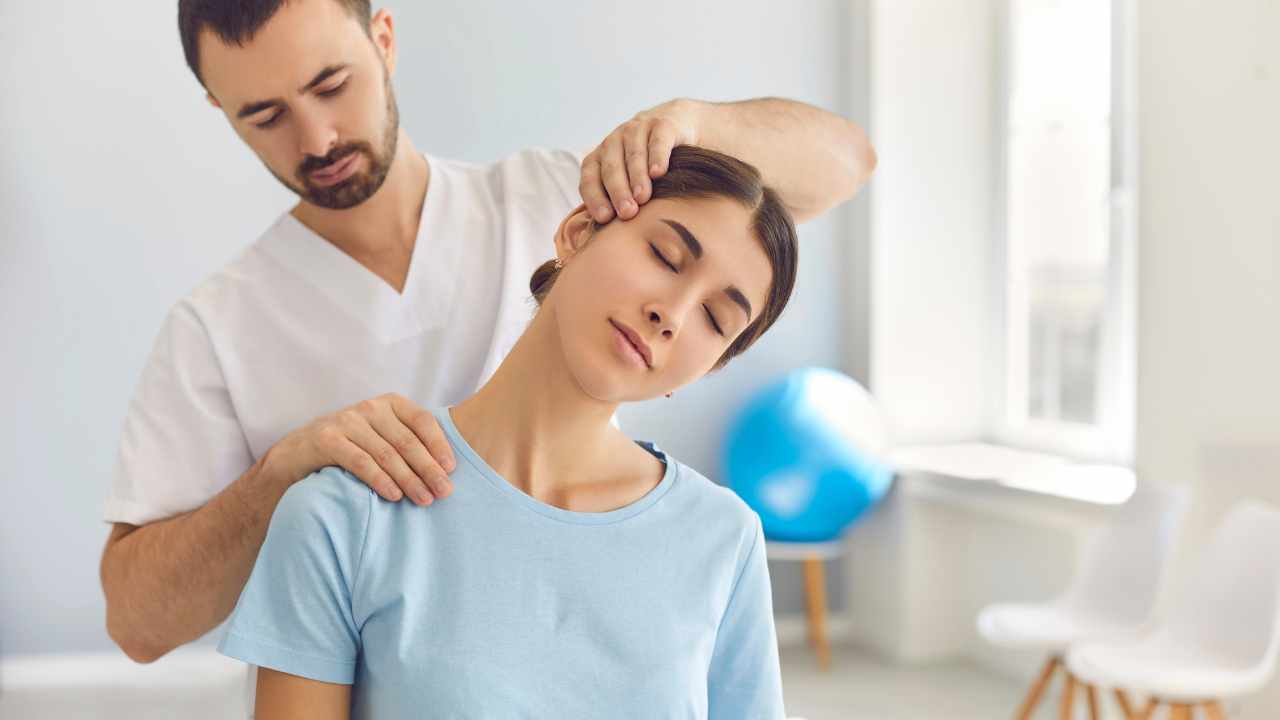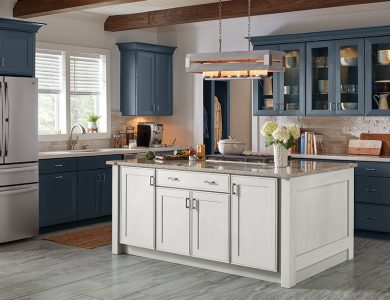
Orthopedic Appliances: Enhancing Mobility and Comfort
Orthopedic Appliances: Enhancing Mobility and Comfort
Orthopedic appliances play a crucial role in the management and treatment of various musculoskeletal conditions. From providing support and stability to aiding in rehabilitation, these devices are designed to improve the quality of life for individuals dealing with orthopedic issues.
Introduction to Orthopedic Appliances
Orthopedic appliances encompass a wide range of devices designed to support, protect, or correct musculoskeletal structures. These appliances are commonly used to alleviate pain, improve mobility, and enhance overall function.
Types of Orthopedic Appliances
Braces and Supports
Braces and supports are commonly used to provide stability and restrict movement in injured or weakened joints. They come in various forms, including knee braces, ankle supports, and back braces.
Orthotic Shoe Inserts
Orthotic shoe inserts, also known as orthotics, are custom-made or over-the-counter inserts designed to provide support, alignment, and cushioning for the feet. They can help alleviate foot pain, improve posture, and prevent injuries.
Splints
Splints are rigid or semi-rigid devices used to immobilize and protect injured bones, joints, or soft tissues. They are often used in the initial stages of injury to promote healing and reduce pain.
Prosthetics
Prosthetics are artificial devices designed to replace missing limbs or body parts. They are custom-made to fit the individual’s anatomy and can significantly improve mobility and function.
Orthopedic Implants
Orthopedic implants are surgical devices used to replace or repair damaged or diseased joints. Common examples include hip implants, knee implants, and spinal implants.
Benefits of Using Orthopedic Appliances
Orthopedic appliances offer several benefits for individuals dealing with musculoskeletal issues:
Pain Relief
Many orthopedic appliances are designed to alleviate pain by reducing stress on injured or degenerated joints and tissues.
Support and Stability
Braces, supports, and orthotics provide stability to weakened or injured joints, reducing the risk of further damage and promoting proper alignment.
Improved Mobility
By providing support and reducing pain, orthopedic appliances can improve mobility and allow individuals to engage in daily activities more comfortably.
Enhanced Quality of Life
Orthopedic appliances can significantly improve the quality of life for individuals with musculoskeletal conditions by reducing pain, increasing independence, and promoting participation in activities.
Conditions Treated with Orthopedic Appliances
Orthopedic appliances are used to treat a wide range of conditions, including:
- Arthritis
- Sports injuries
- Fractures
- Joint deformities
- Amputations
Choosing the Right Orthopedic Appliance
Selecting the appropriate orthopedic appliance is crucial for ensuring optimal outcomes. Factors to consider include:
- Consultation with a healthcare provider
- Customization options
- Comfort and fit
Orthopedic Appliances and Rehabilitation
Orthopedic appliances play a vital role in the rehabilitation process by providing support, stability, and protection during recovery. They are often used in conjunction with physical therapy to help individuals regain strength and mobility.
Orthopedic Appliances and Lifestyle
Orthopedic appliances not only aid in recovery but also support an active lifestyle. By reducing pain and improving function, these devices enable individuals to participate in sports, exercise, and other activities with confidence.
Innovation in Orthopedic Appliances
Advancements in materials and technology have led to significant innovations in orthopedic appliances. New materials offer improved comfort and durability, while technological integration allows for enhanced customization and functionality.
Cost Considerations
While the cost of orthopedic appliances can vary depending on factors such as type, customization, and insurance coverage, they are often considered a worthwhile investment in long-term mobility and comfort.
Caring for Orthopedic Appliances
Proper care and maintenance are essential for ensuring the longevity and effectiveness of orthopedic appliances. This includes regular cleaning, storage in a dry and safe environment, and periodic adjustments as needed.
Common Misconceptions about Orthopedic Appliances
Despite their benefits, orthopedic appliances are sometimes associated with misconceptions, such as:
- Dependency
- Discomfort
- Limited use to certain age groups
Conclusion
Orthopedic appliances play a vital role in the management and treatment of musculoskeletal conditions, offering relief, support, and improved function for individuals of all ages. By understanding their benefits and choosing the right devices, individuals can enjoy a better quality of life and greater independence.



